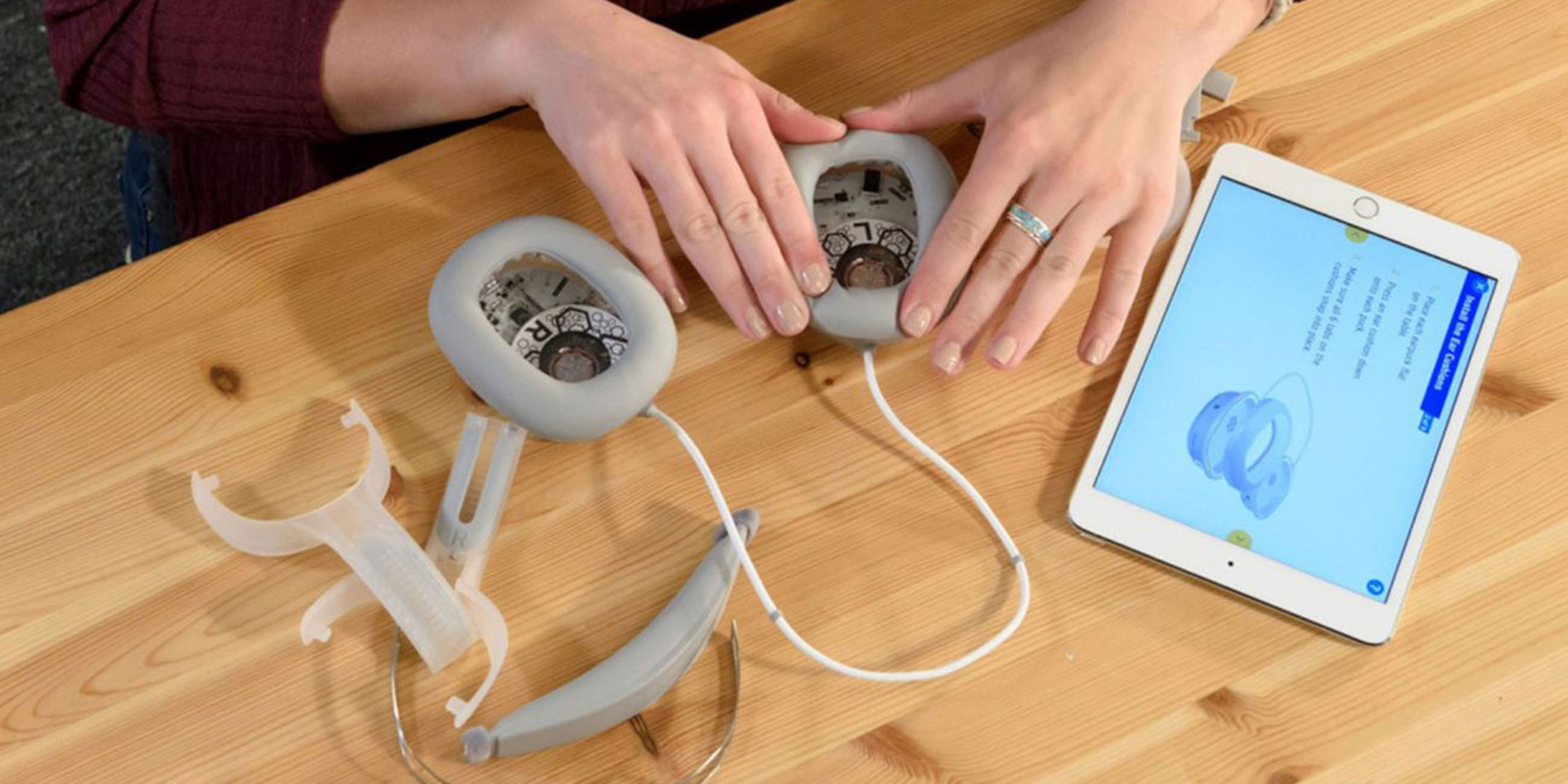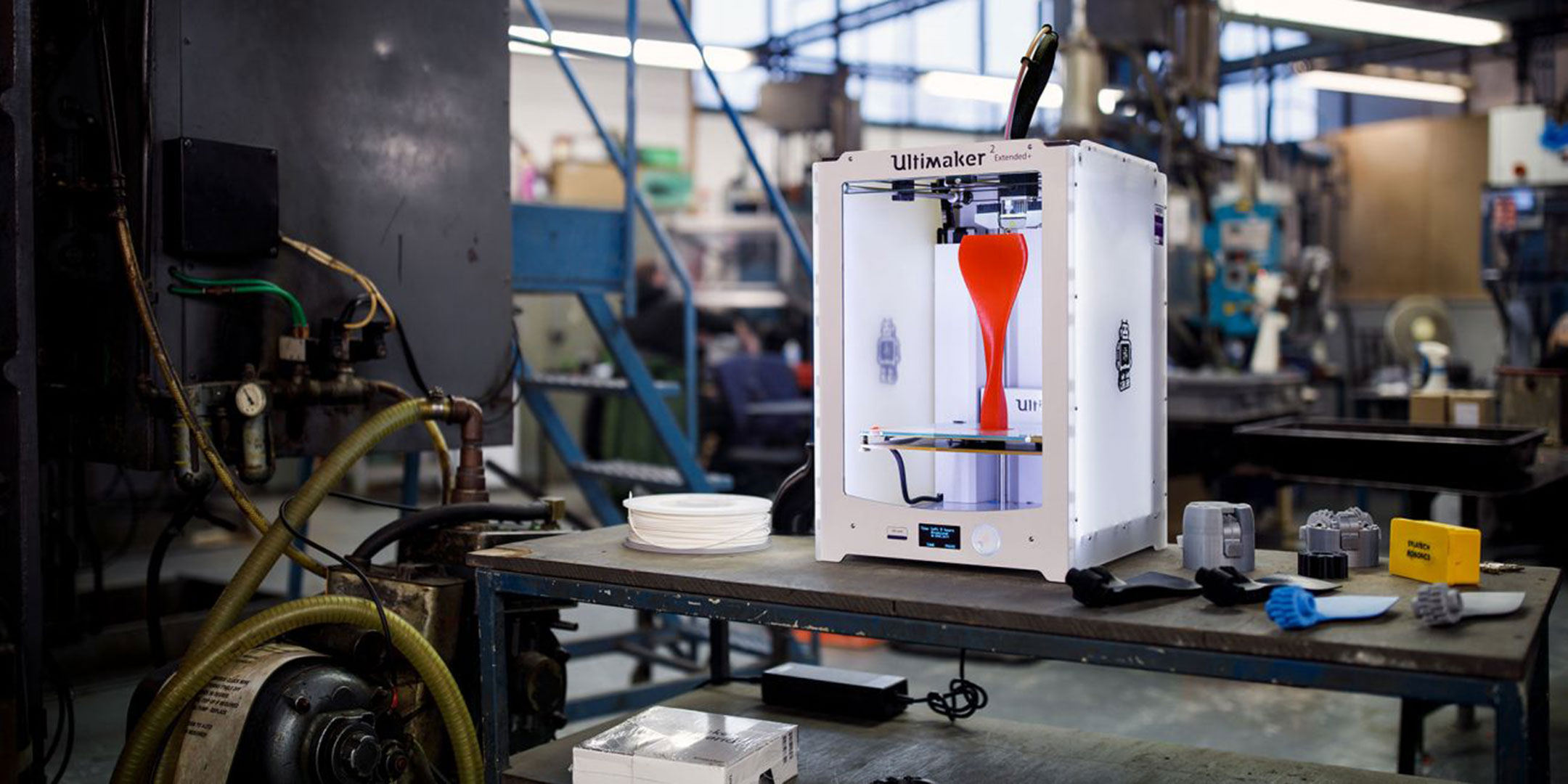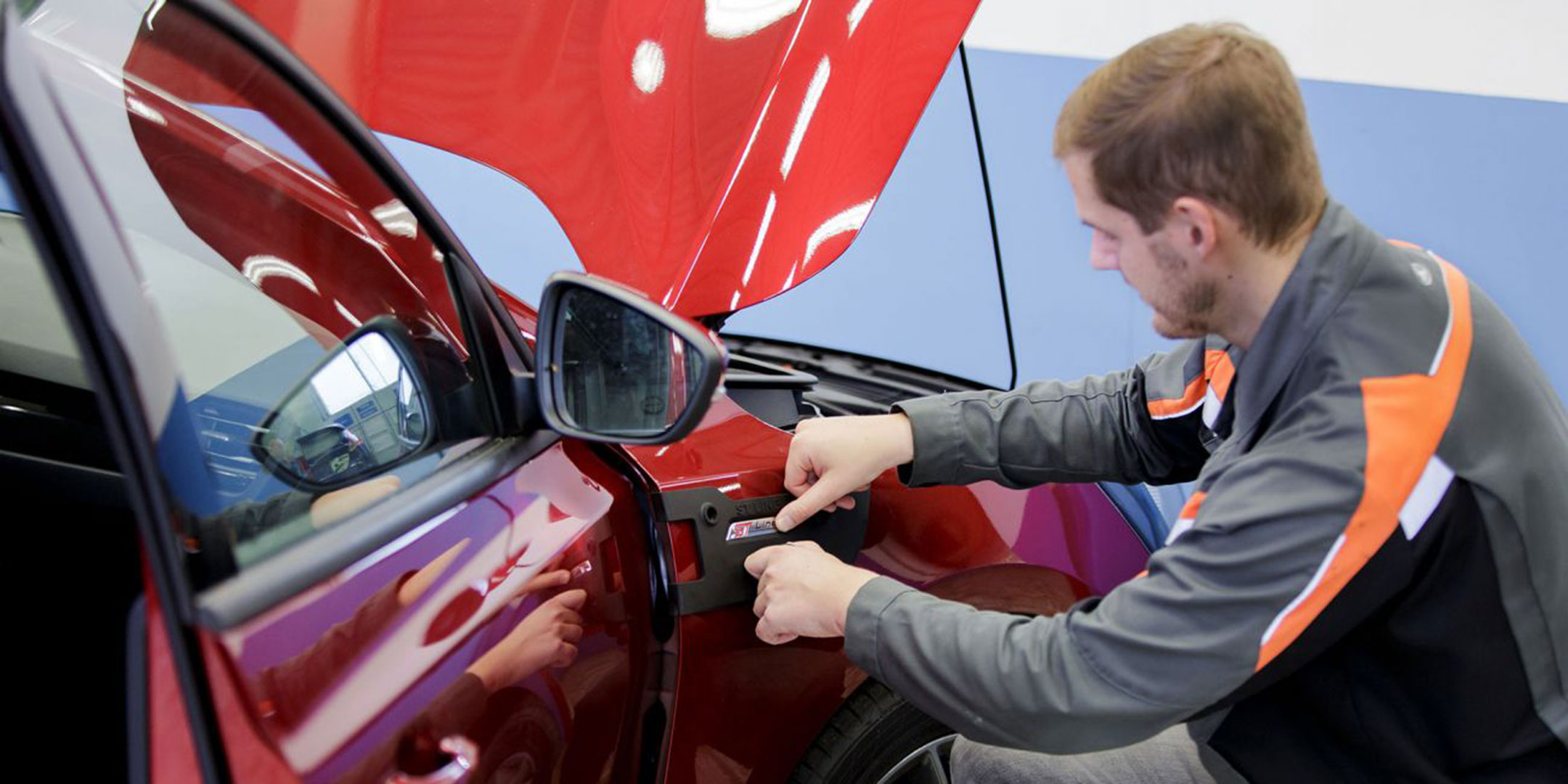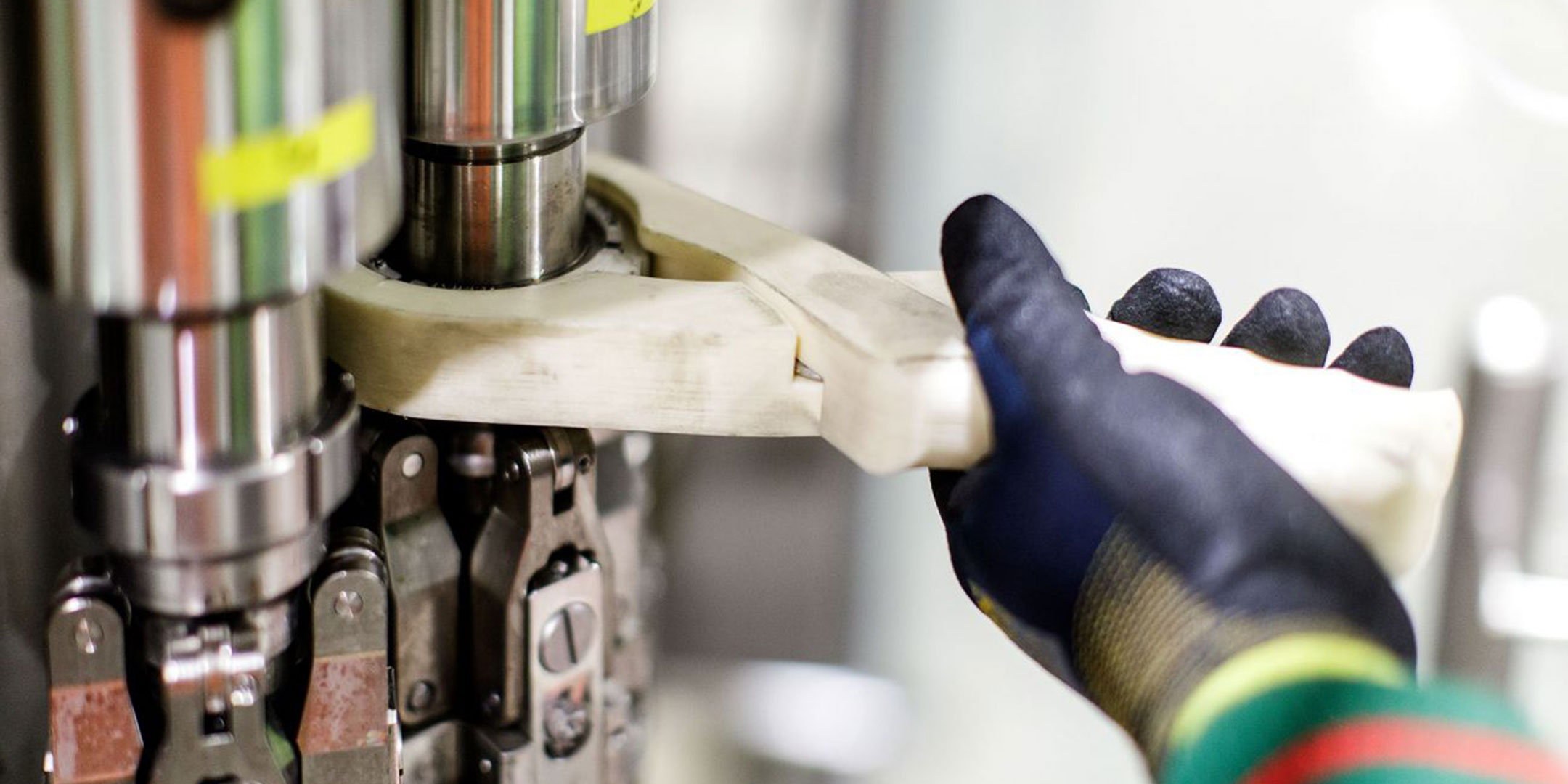If lean manufacturing had a motto, it would be “work smarter, not harder”.
And that motto would be more relevant than ever – as the on-demand economy and customer personalization continue to dominate product trends.
It’s therefore not hard to see why lean production has continued to gain traction among manufacturers.
Making products the ‘lean way’ is to reduce waste and inefficiencies by manufacturing products in smaller quantities. This is particularly relevant when few new markets exist, and those that do are small, mature, and highly saturated. To reduce risk, manufacturers today prefer to produce lower volumes of highly segmented, user-targeted products, rather than mass-producing too many generic products for generic users.
But what role can in-house 3D printing play in staying lean and helping your business keep ahead of intense competition?
Let’s explore the five principles of lean manufacturing by looking at some of Ultimaker’s customer success stories.
1. Define value
Working out what the customer is willing to pay for is never an easy task. Surveys, interviews, focus groups: there are hundreds of qualitative and quantitative research methods. For product manufacturing, they all involve testing prototypes and iterations. Outsourcing the manufacture of one-time product iterations is expensive and time-consuming. That's why Bose started using their own in-house Ultimakers to prototype their BOSEBuild Headphones. This resulted in testing more prototypes more quickly, and more clearly defining their customer value.
BOSEBuild saved $39 per iteration by 3D printing headphone yokes that were durable enough to be tested by all internal teams
Read BOSEbuild's case study
2. Map the value stream
Mapping the value stream means finding the path of least resistance to deliver value to the customer. All activity needs to contribute directly to producing and delivering value – in-between steps that leak value out of the system need to be eliminated.
Sylatech used to have to jump through a series of production hoops just to create a prototype. Using in-house Ultimaker 3D printers has allowed them to eliminate a number of unnecessary steps, keeping their value stream tight, efficient, and effective.
By 3D printing investment casting prototypes, Sylatech saved over £16,000 ($19,500) per project compared to traditional tooling methods
Read or watch Sylatech's case study
3. Create flow
If mapping the value stream was about removing drag – creating flow is about gaining speed. Even if every step on a production line adds value, a small adjustment here or there can cause the whole system to improve.
Once Ford’s engineers discovered that they could efficiently produce custom parts and tools with in-house 3D printing, they decided to pursue the opportunity by setting up a dedicated additive manufacturing team. Using fused filament fabrication (FFF) technology from Ultimaker, the team accelerated their innovation and created 50 fit-for-purpose tools for the production line operators.
Ford saved roughly $1,000 per tool by developing 3D printed manufacturing aids using Ultimaker printers
Read or watch Ford's case study
4. Establish pull
Establishing pull means being able to produce on-demand instead of holding an inventory. By contrast, inventory freezes the flow of value by holding customer value suspended in the system. A pull-based system strives for just-in-time delivery: eliminating as far as possible stock and work in process items.
By working backward from real-time customer needs, manufacturers can ensure that all activity contributes directly to generating value. There can be no better example of a pull-based manufacturing system than Tucci Hot Rods' use of Ultimaker 3D printers to produce their custom end-use parts on demand.
Ultimaker 3D printers allowed Tucci to 3x their end-part production speed and cut costs by 90%
Read or watch the Tucci Hot Rods case study
5. Pursue perfection
If the four principles above were practical steps you can take to improve your production process, pursuing perfection is about adopting an overall attitude of continual improvement. By eliminating “good enough” from your vocabulary and not being complacent, you can continue to find and pile up even the smallest wins.
It was because of this attitude that Heineken installed a 3D printing lab in the middle of their production plant in Seville, Spain.
Using Ultimaker 3D printers to continuously experiment, optimize, and invent value-adding tools and features for their production lines, Heineken is setting the gold standard for pursuing perfection.
After finding 90% time and cost-savings in Spain, Heineken plan to scale the benefits of additive manufacturing to their 150+ breweries worldwide
Since the start of their pilot project, the team has locally printed and validated a large number of spare parts, manufacturing aids, and even safety devices. These can now be sent to be 3D printed in other plants around the world. By applying the model of digital distribution and local, additive manufacturing, they have found that even the small wins quickly add up to produce even bigger savings and efficiencies.
Read or watch Heineken's case study
Conclusion: Get lean with in-house 3D printing
In the same way that humans evolved on the basis of 'survival of the fittest', today’s businesses must operate according to 'survival of the most agile'.
To find out how you could apply 3D printing to implement lean manufacturing, download our white paper on 3D printing for manufacturers:



























